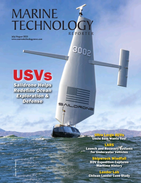Kraken's PanGeo Subsea Completes Over $5 Million of Sub-Bottom Imager Projects
PanGeo Subsea, a subsidiary of Canadian marine robotics company Kraken Robotics, has completed over $5 million in Sub-Bottom Imager (SBI) projects year-to-date.
This includes over 1,500 km of depth of burial (DOB) surveys that have a cumulative 2022 contract value of over $3 million. These surveys have supported the development of offshore wind farms in the US, Irish Sea, North Sea, Baltic Sea, and off the coast of Taiwan, the company said.
"The SBI is the industry preferred technology for pre and post-cable lay surveys. SBI campaigns in 2022 have included ROV-based surveys using ROVs of opportunity, as well as high-speed surveys using the SeaKite SBI intelligent towed platform along several HVDC interconnector transmission cables. The SBI has also demonstrated success imaging buried fiber optic cables as small as 30mm, further expanding the market opportunities for this cutting-edge technology," Kraken Robotics said.
In June, the SBI was added to the IMCA ‘Guidelines for the Measurements of Depth of Burial’ report, a comprehensive industry guide on how to conduct DOB surveys and what survey sensors to consider for verification.
“The Sub-Bottom Imager has a strong history of delivering high-speed, high-resolution results in buried object detection and depth of burial measurements, without the need for taking assets offline or injecting a tone in the cable,” says Moya Cahill, CEO of PanGeo and EVP Services at Kraken.
“Our combined technology and service teams have formed a powerhouse of innovative technology and reliable, repeatable service delivery. Our teams are enabling rapid deployment of new features and enhancements across our technology portfolio from the SBI through to the KATFISH delivering service excellence in the seabed and sub-seabed imaging.”
According to PanGeo Subsea, the SBI produces a 3D acoustic image of the cable exterior to a depth of 5 m below the seabed.
As an acoustic system, the SBI is non-intrusive, allowing the cables to remain fully operational during survey operations, an essential requirement for power transmission cables, the company explained.
The SBI also provides a consistent vertical accuracy regardless of cable burial depth, which allows for depth verification over multiple passes of the same cable section and cable burial monitoring over a cable’s lifespan. The SBI is interfaced onto a ROV (Remote Operated Vehicle) to acquire data at a fly height of 3.5 m above the seafloor.
The company's SeaKite ROTV (Remote Operated Towed Vehicle) has an integrated SBI, which enables 3D acoustic surveys at speeds up to 4 kts. According to Kraken, the using the SeaKite towed vehicle, instead of a ROV, provides significant data acquisition efficiencies such as higher survey speed and smaller survey vessel.
"This reduces operations’ overall daily operating cost and carbon emissions. By utilizing a smaller vessel on-site for a shorter period, the SeaKite can save in the order of 200,000 kg of carbon dioxide emissions per campaign," Kraken said.

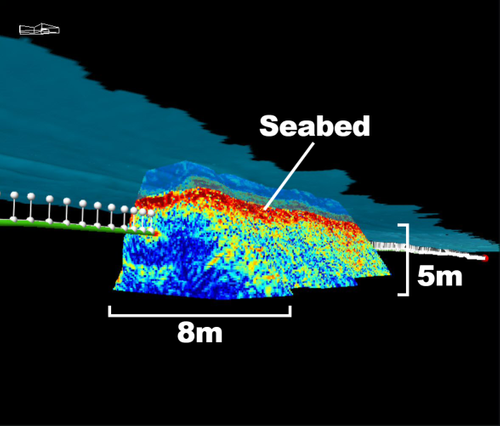
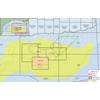
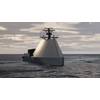
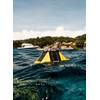

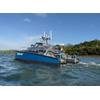








 August 2025
August 2025


